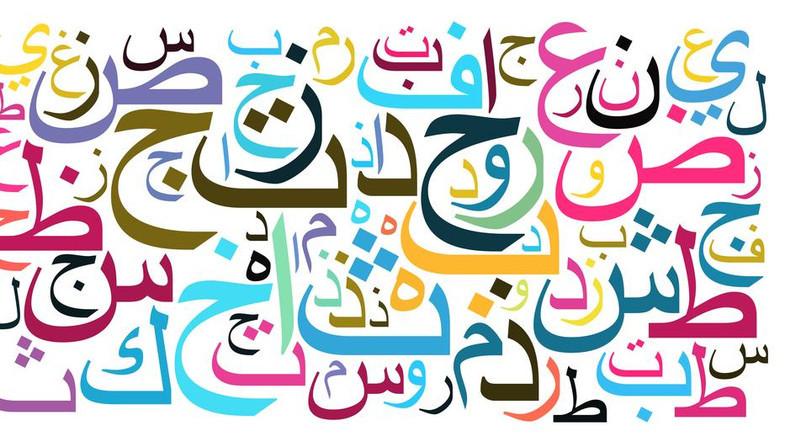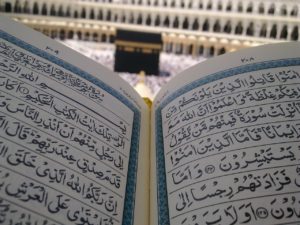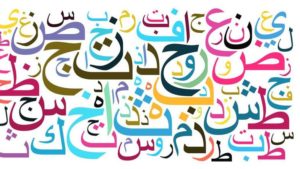Learn the Arabic Alphabet
The Arabic language is beautiful and complex. And when it comes to the Arabic writing system, it’s almost like a work of art. So, how can you learn the Arabic alphabet and reach fluency? Surprisingly, learning the Arabic alphabet doesn’t take long. Here’s everything you need to know about Arabic letters, numbers, and the writing system.
The first step to Arabic fluency is mastering the alphabet. You’re on the right track. By understanding and practicing Arabic letters with pronunciation, you can reach fluency very quickly.
History of the Arabic Alphabet
The history of the Arabic alphabet goes back over a thousand years. Many believe that the modern Arabic writing system is derived from the Nabataean variation of the Aramaic alphabet, which is thought to have grown out of the Phoenician. The Arabic alphabet has been used since the 4th century AD. But, the earliest written evidence of the language dates back to 512 AD.
This means that the Arabic Alphabet predates the creation of Islam. Islam however, influenced the Arabic writing system. To make sure the Qur’an was easier to read out loud, diacritics and short vowels were introduced to the Arabic alphabet.
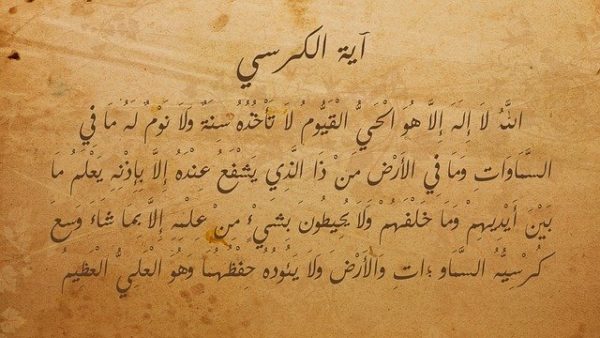
Types of Arabic Writing
There are two types of Arabic writing:
- Classical Arabic Alphabet: This is the language of classical Arabic literature, including the Qur’an. It’s an old language, and those who read the Qur’an often need translations to understand it.
- Modern Standard Arabic: The written and spoken Arabic of today. All Arab-speaking countries use this form of language. Although there are regional dialects and minor differences, it’s a universal language. If you’re learning Arabic as a second language, you’ll need to learn Modern Standard Arabic.
How Many Letters Are in the Arabic Alphabet?
There are 28 letters in the Arabic alphabet. However, Modern Arabic also adapted to foreign words. Letters such as “p” and “g”, for example, didn’t exist in Standard Arabic originally. But, nowadays you can write them too for English loanwords.
Rules of the Arabic Alphabet
Before we get to the actual letters and writing of Arabic, it’s best to know the basic rules of the written language. While these symbols may seem very daunting, they’re actually quite easy to understand and get used to. Written Arabic varies slightly from spoken Arabic. Here are a few quick facts about the Arabic alphabet:
- Writing direction: Like all Semitic languages, Arabic is written and read from right to left, horizontally.
- Consonants vs vowels: There are 28 letters; apart from the first letter ا, all the others are consonants, except for ي and و which can be both consonants and vowels (to denote the long vowel آ and ũ respectively).
- No upper cases: The Arabic alphabet has no capital or upper-case letters: letters of a single word are linked to each other, except for 6, which are linked only to their right, i.e., the letter that precedes them; therefore, there will be a space followed by the next letter: يُوسُف “Joseph”.
- Different forms depending on where the symbol is: Linking to each other, some Arabic letters change shape; we must distinguish between an isolated, an initial, a medial, and a final form; the final form of ي is usually written without the two dots ى.
- Spacing Arabic letters: Many Arabic letters are lengthened or shortened when they complete a line so that they occupy the entire space of a line.
- Different dialects: The pronunciation and spelling of some consonants vary from country to country.
- Special Arabic character: When putting together the letter L(ل) and the letter A( ا) creates a special character LA (لا). Some consider this the 29th letter of the Arabic alphabet.
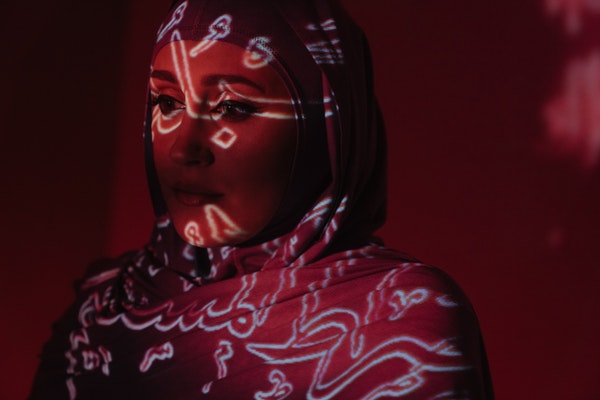
What Are the 28 Letters of the Arabic Alphabet?
Here are the Arabic alphabets, their pronunciation, and their equivalent English sounds.
ا A
Alif |
بB
Ba |
تT
Ta |
ثTha
Theh |
ج J
Jim |
حH
Ha |
خKH
Kha |
دD
Dal |
ذTH
Dhal |
رR
Ra |
زZ
Za |
سS
Sin |
ش SH
Shin |
ص S
Sad |
ضDa
D’ad |
طDH
Dha |
ظTha
Dh’a |
ع A
‘Ain |
غGH
Ghain |
فF
Feh |
قQ
Qaf |
كK
Kaf |
لL
Lam |
مM
Mim |
نN
Nun |
هH
Ha’a |
و W
Waw |
يY
Yah |
It’s important to note that there Arabic letters with no English equivalent. These transliterations are the approximate sounds the pronunciations make. But, since there’s only one vowel in the Arabic alphabet, exact transliteration is impossible. Depending on the accent marks on top of consonants, the pronunciation changes with the vowel.
When you’re traveling to an Arab-speaking country, you’ll find that there’s no transliteration on street signs. This is a good reason why you should learn the Arabic alphabet.
Is Arabic an Abjad?
Abjad is a writing system that doesn’t use vowels. By only using consonants, the reader has to fill in the appropriate vowels.
The majority of the Arabic alphabet are consonants, which makes it an abjad. However, the Modern Arabic alphabet contains a vowel and two other dual consonant-vowel letters. This makes the Arabic alphabet an impure abjad writing system.

Arabic Numerals and Numbers
While English uses Latin letters, we use Arabic numbers every day. The Arabic number system and logic used to be the predominant mathematical language. Arabic numerals are 1, 2, 3, and so on. Funnily, in Arabic, these numbers are actually called “Indian numbers”.
Unlike the letters of the alphabet, Arabic numbers are written from left to right. You can see the similarity between the English and Arabic numbers. It’s no wonder that English numerals evolved from these.

Which Countries and Languages Use the Arabic Alphabet?
There are 420 million Arabic speakers worldwide. That’s a lot of people and a lot of opportunities to speak Arabic with them. Arabic is the official language of 22 countries:
Algeria |
Bahrain |
Chad |
Comoros |
Djibouti |
Egypt |
Iraq |
Jordan |
Kuwait |
Lebanon |
Libya |
Mauritania |
Morocco |
Oman |
Qatar |
Saudi Arabia |
Somalia |
Sudan |
Syria |
Tunisia |
UAE |
Yemen |
Arabic is also a co-official or national language of other predominantly Muslim countries. Eritrea, Mali, Niger, and Senegal are a few to name. And it’s also a minority language in Cyprus, Turkey, and Iran. But, there are a lot more countries that use the Arabic writing system.
Did you know that the Arabic alphabet isn’t just for Arabic. A lot of different languages use the Arabic writing system as their own. Afrikaans (South Africa), Chechen (Russia), Farsi, Kurdish, Somali, and Urdu are just a few examples of languages that use the Arabic alphabet.
Colloquial Arabic
Thanks to the large number of Arab-speaking countries, there are a lot of dialects and variations of Arabic. Some say there are over 30 different kinds. But, these are the most commonly used kinds of Arabic:
- Egyptian: This is the most widely understood type of Arabic. When you’re learning Arabic as a second language, Egyptian Arabic is the kind you’ll learn. It’s spoken by 50 million people in Egypt. Thanks to Egyptian media, most films and TV shows use this type of Arabic.
- Algerian: 22 million people in Algeria speak this colloquial Arabic.
- Moroccan/Maghrebi: Along with French, Arabic is very popular in Morocco. Around 19.5 million people speak it.
- Sudanese: spoken in Sudan by about 19 million people
- Saidi: You may have noticed that only half of Egypt’s population speak Egyptian Arabic. Around 19 million Egyptians speak the Saidi version of Arabic.
- North Levantine: widely spoken in Lebanon and Syria by about 15 million people.
- Mesopotamian: 14 million people of Iran, Iraq and Syria share this form of colloquial Arabic.
- Najdi: spoken by 10 million people in Saudi Arabia, Iraq, Jordan and Syria.
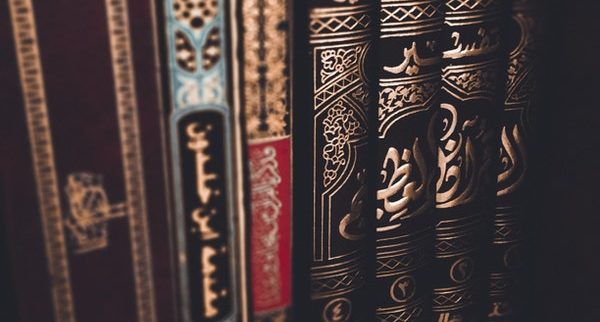
Is Arabic Hard to Learn?
The short answer is no. Arabic is not hard to learn. But, you do need a lot of passion and a reliable language learning method to reach Arabic fluency. Just like any other language, you can learn Arabic successfully.
Learn the Arabic Alphabet Easily
Learning the Arabic alphabet is the first step to fluency. The best way to learn the alphabet is to see it in action. Read and write the Arabic alphabet in words and sentences that everyday people use. And if you want a vocabulary list of all commonly used Arabic words, you can find them on OptiLingo.
OptiLingo is an app that shows you exactly how the locals speak. Built on scientifically-proven methods, OptiLingo can teach you Arabic easily. Forget difficult language lessons and boring grammar. Start learning Arabic naturally today when you download OptiLingo!

